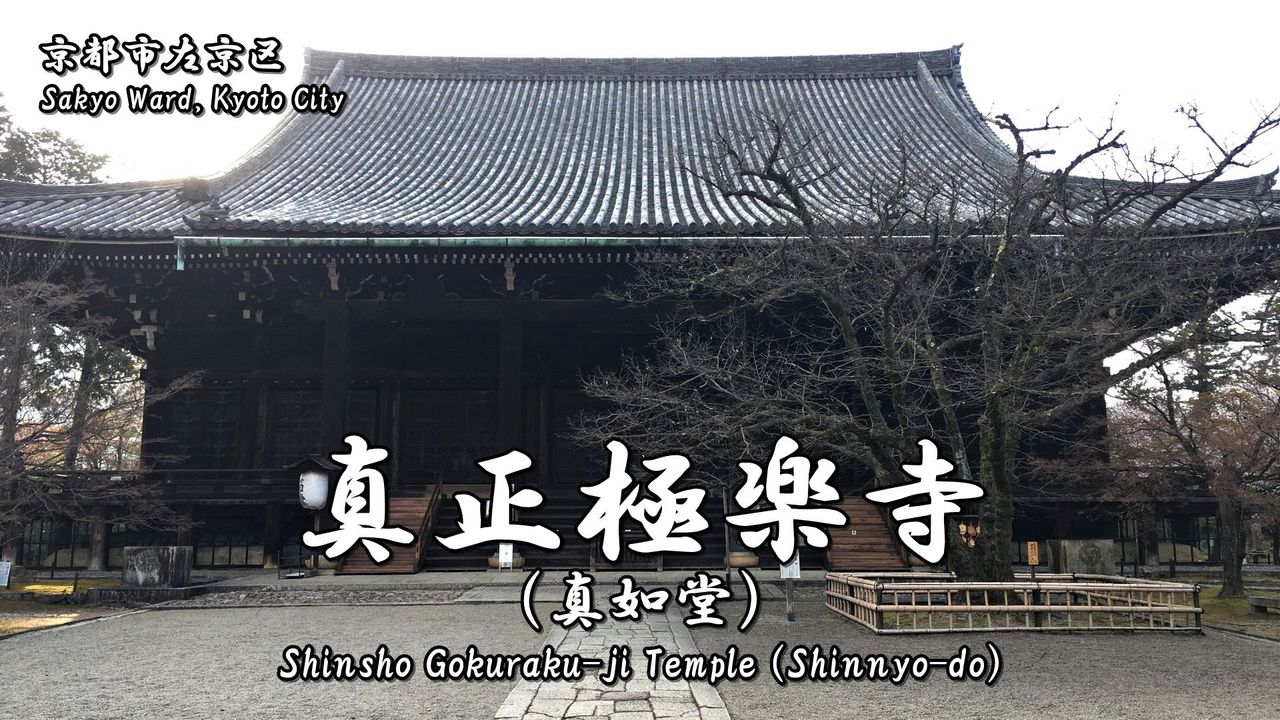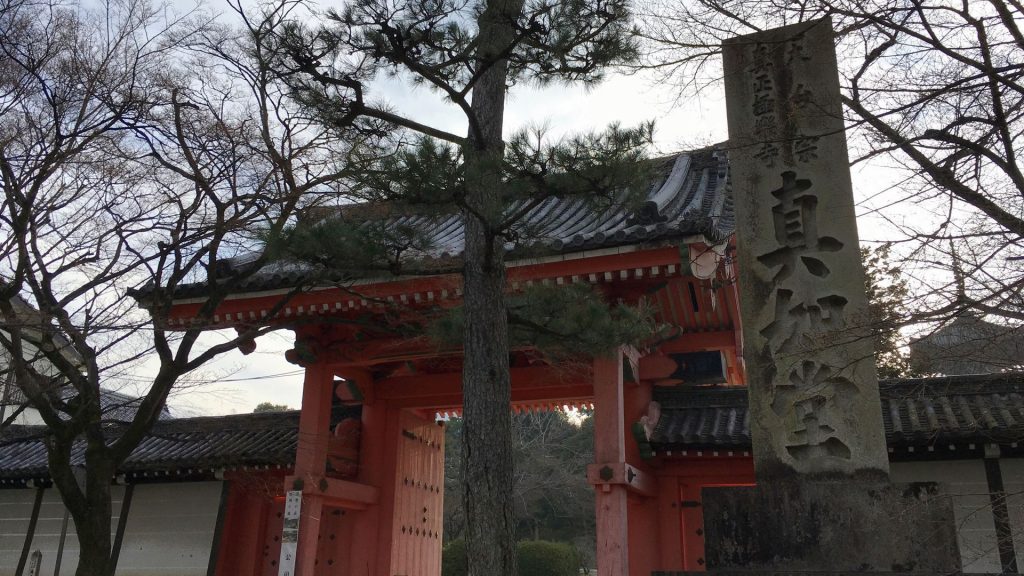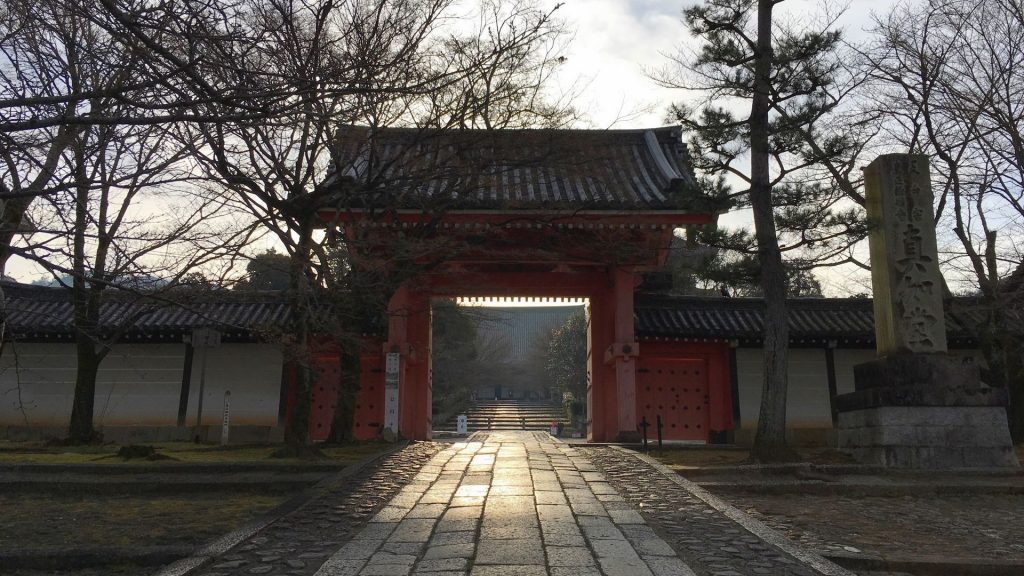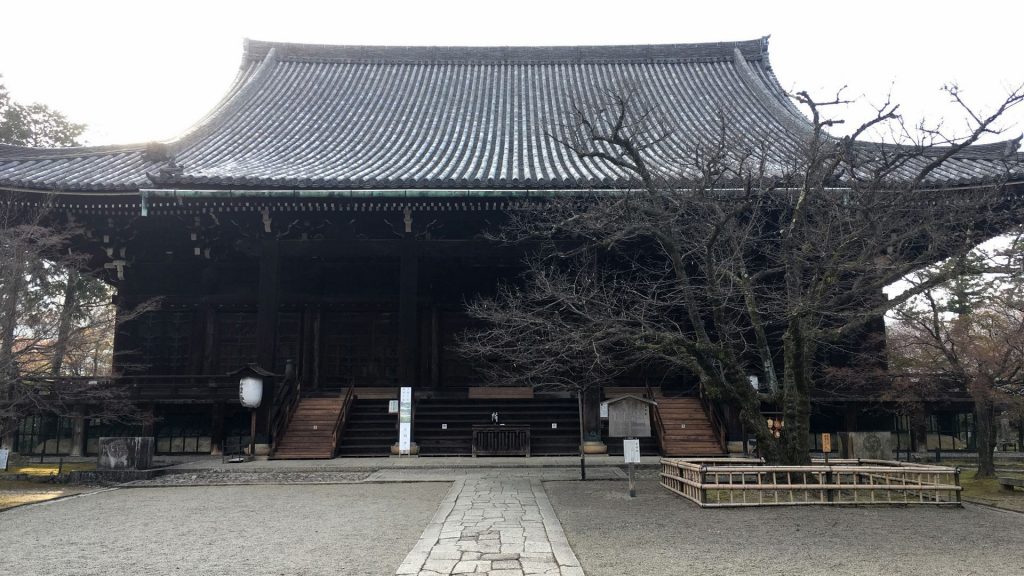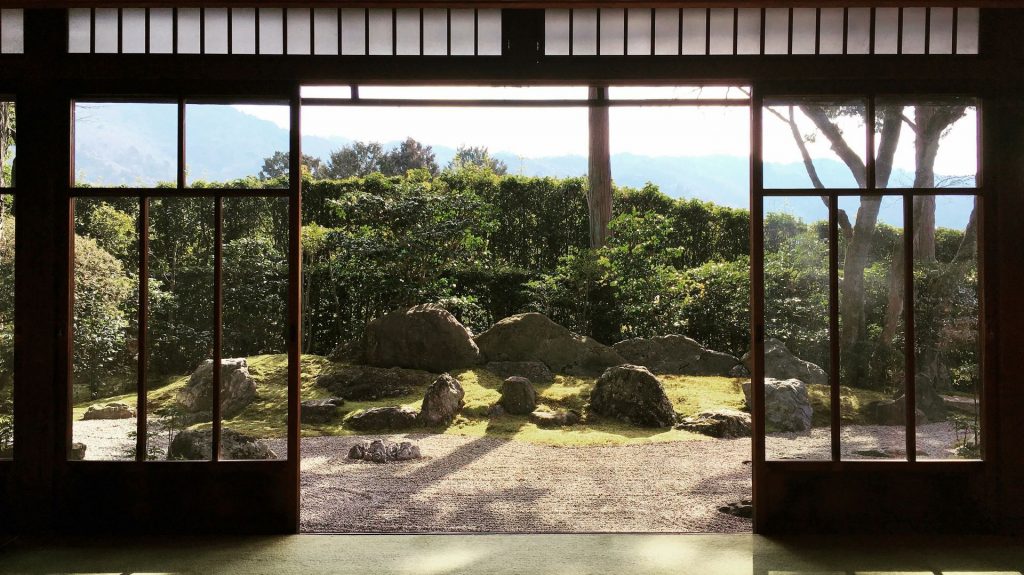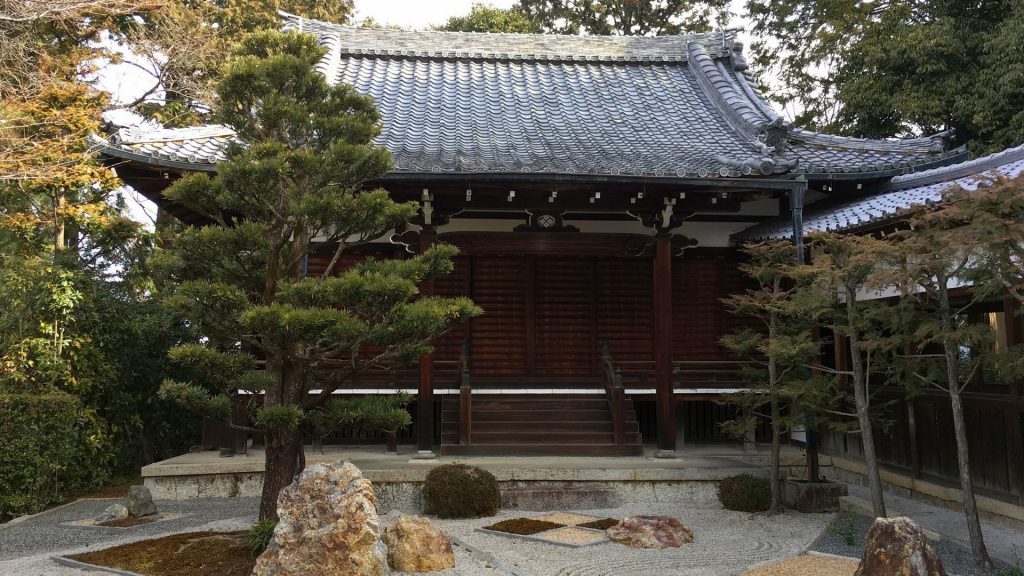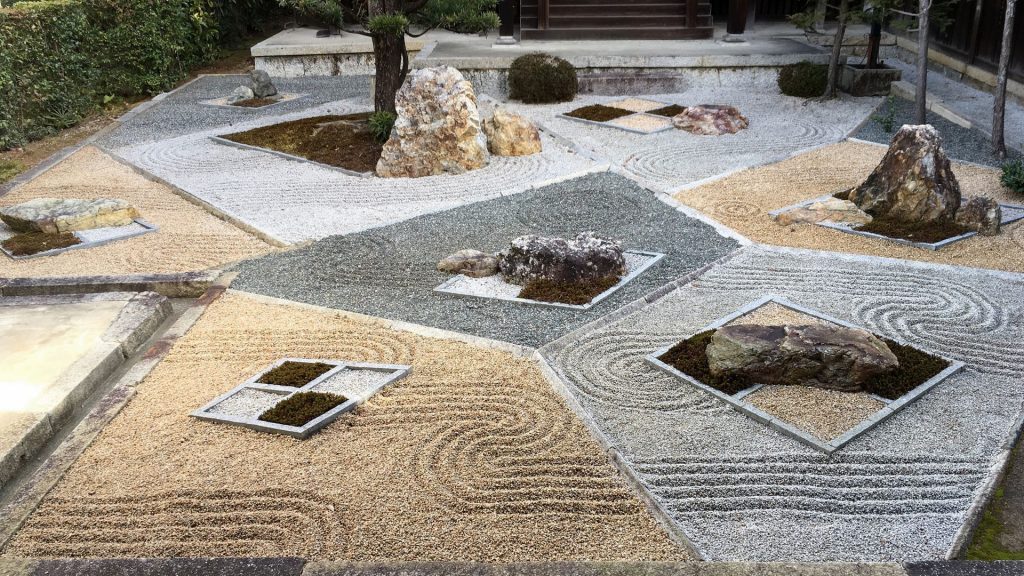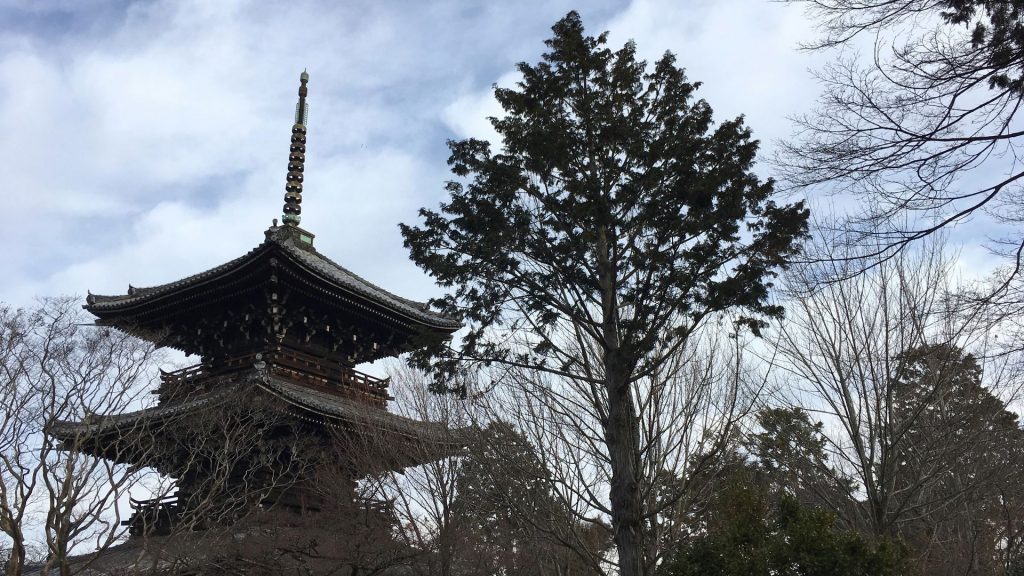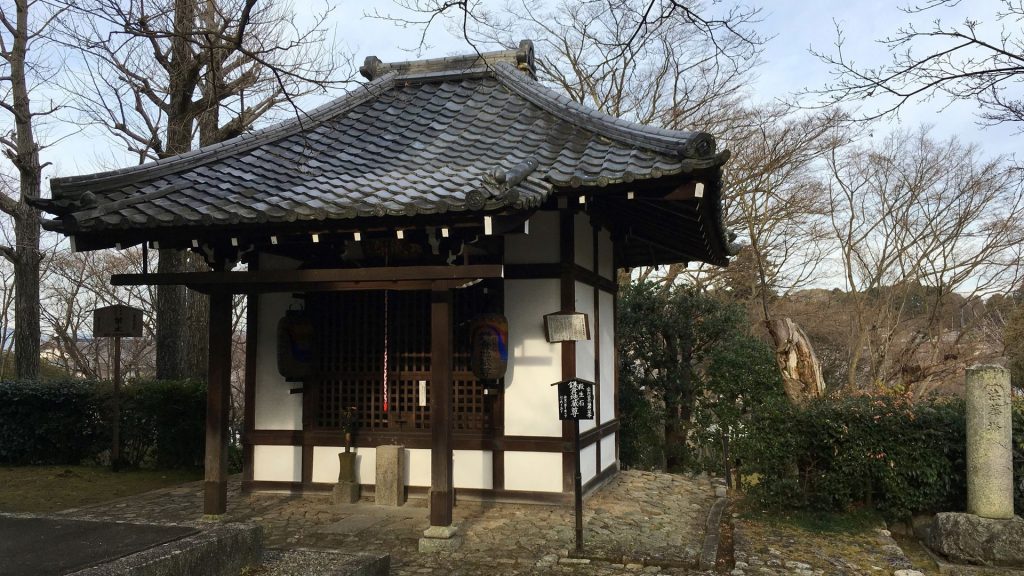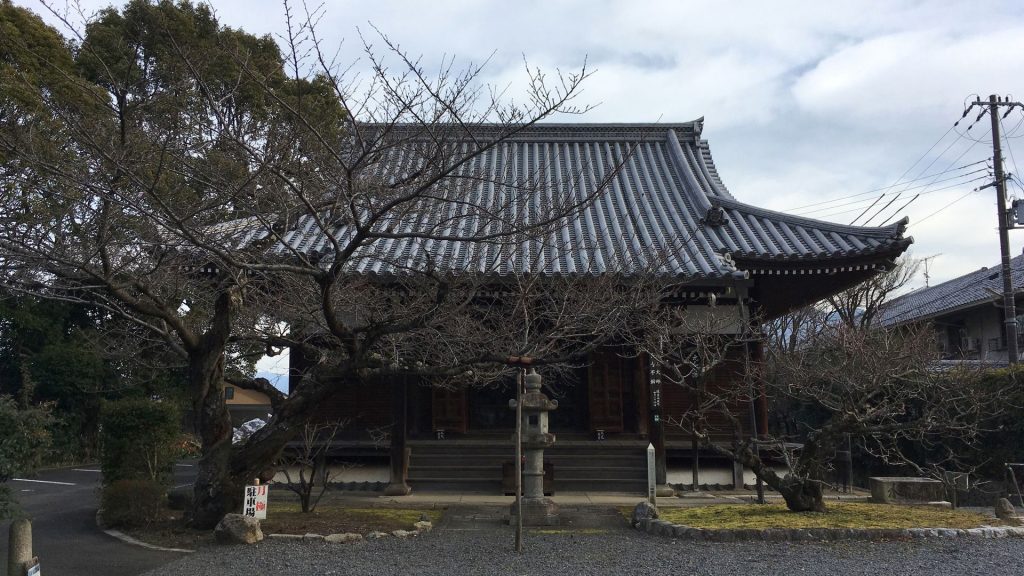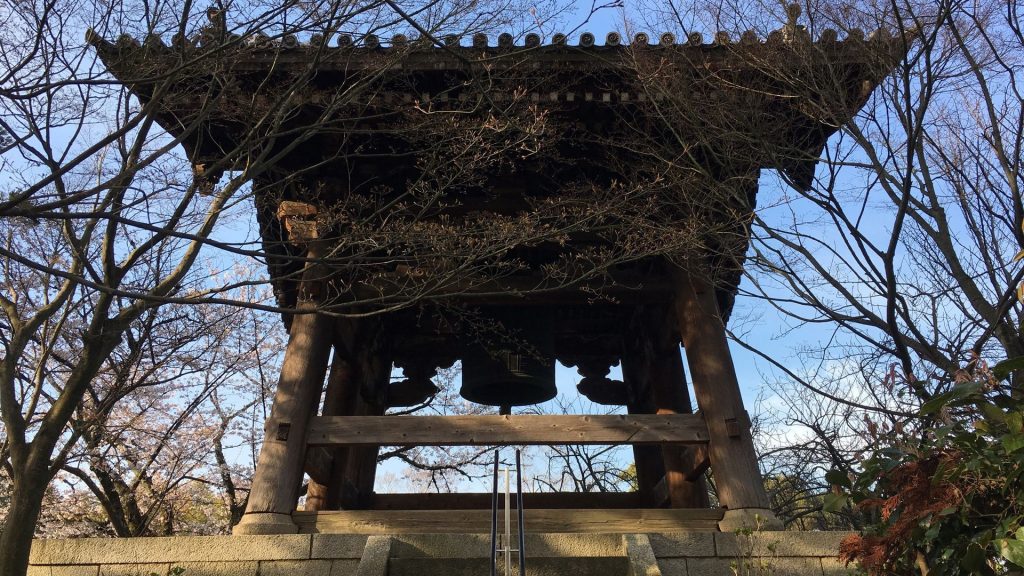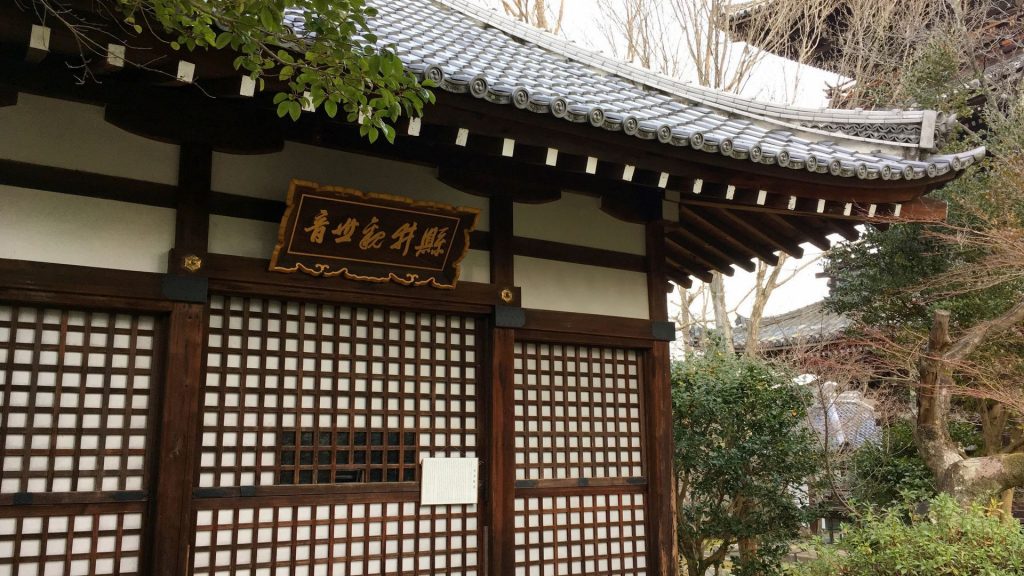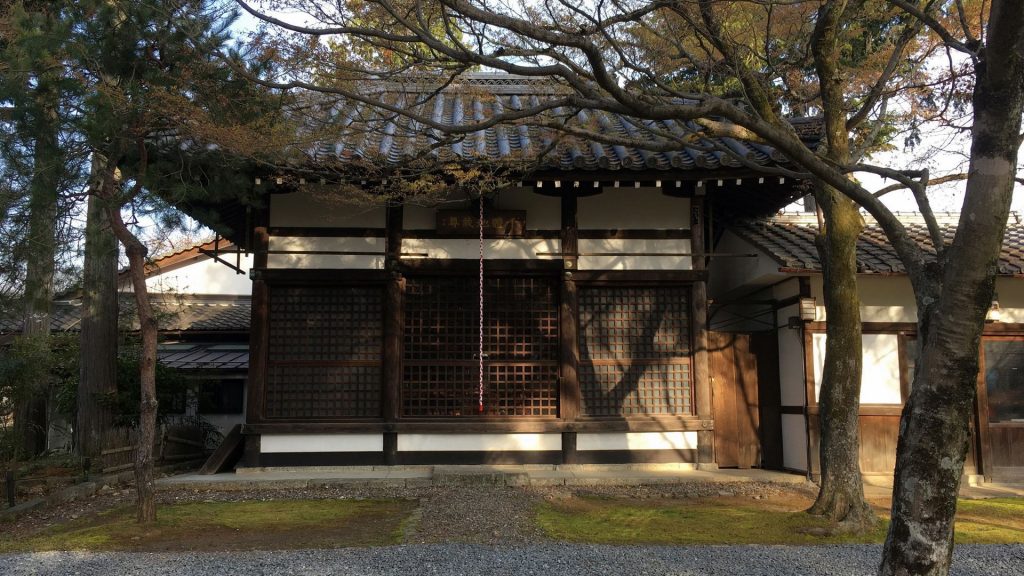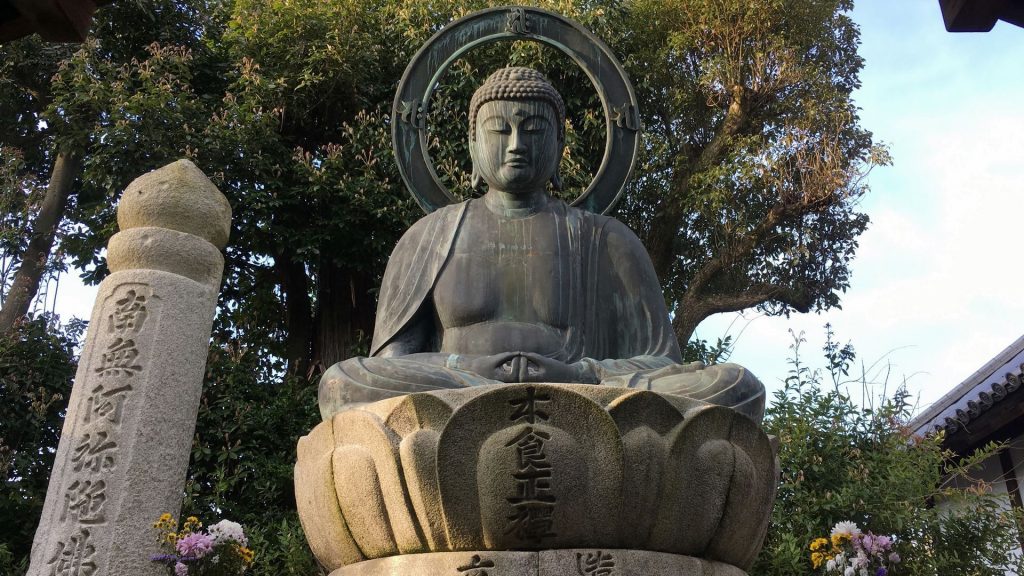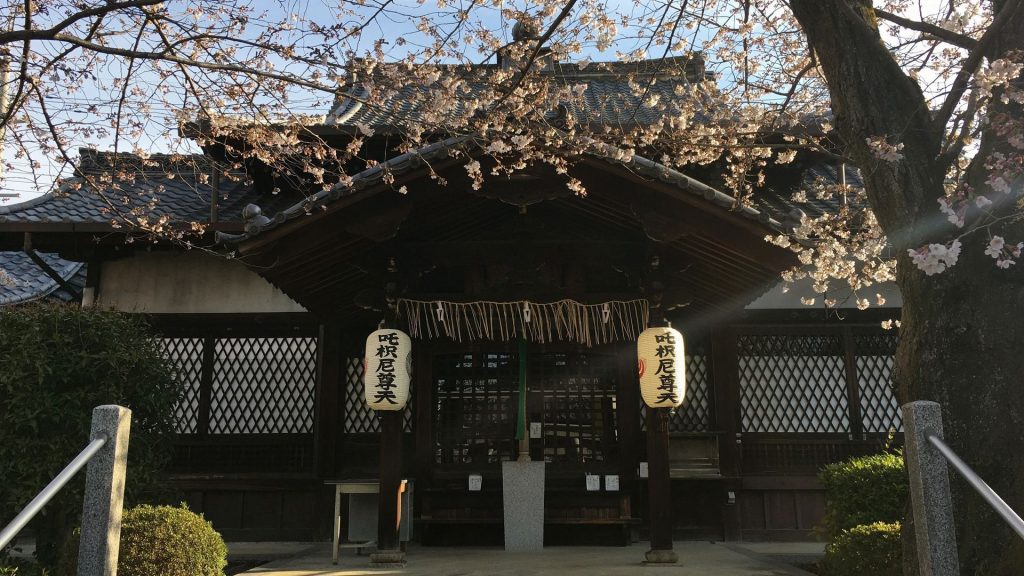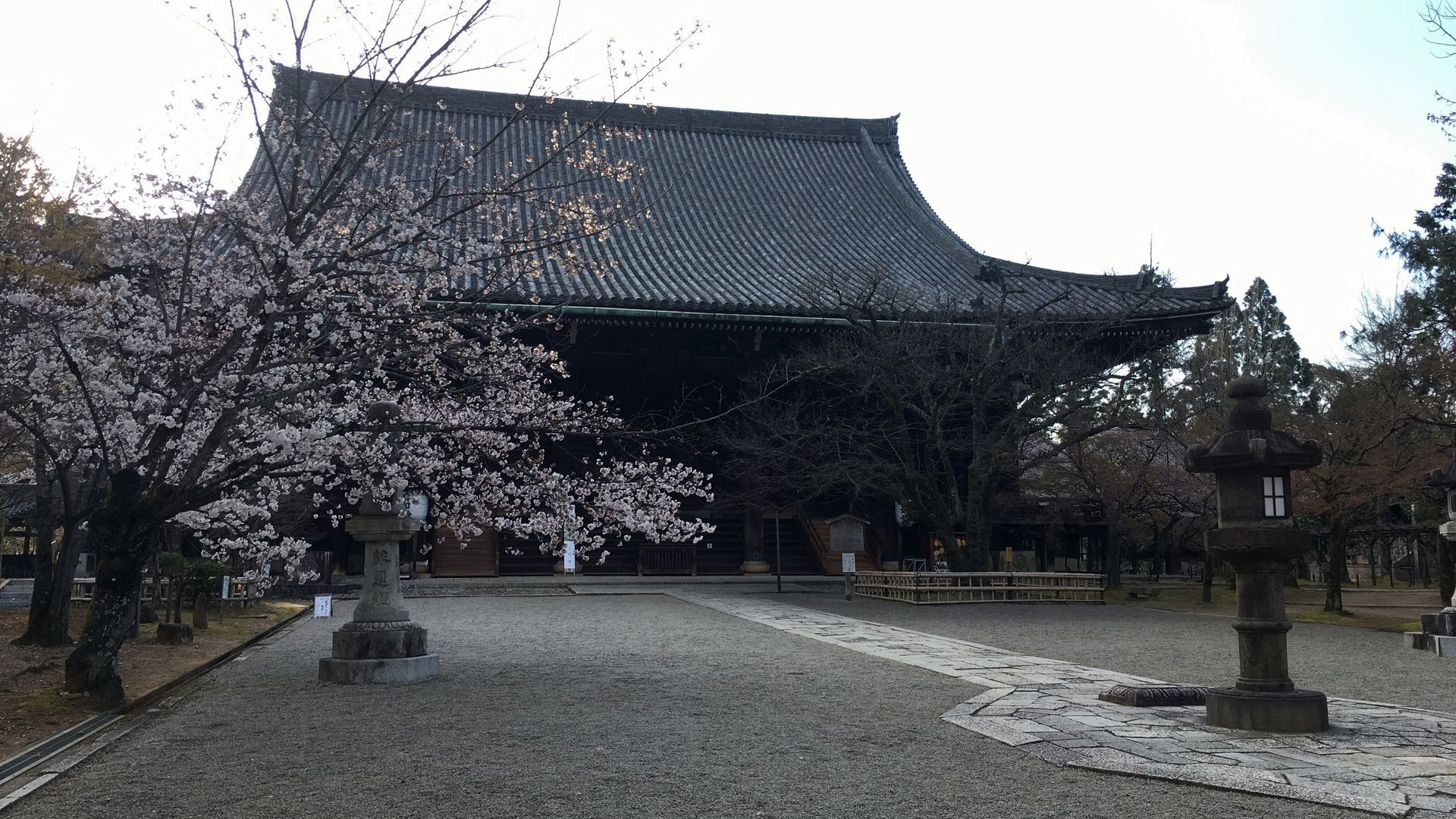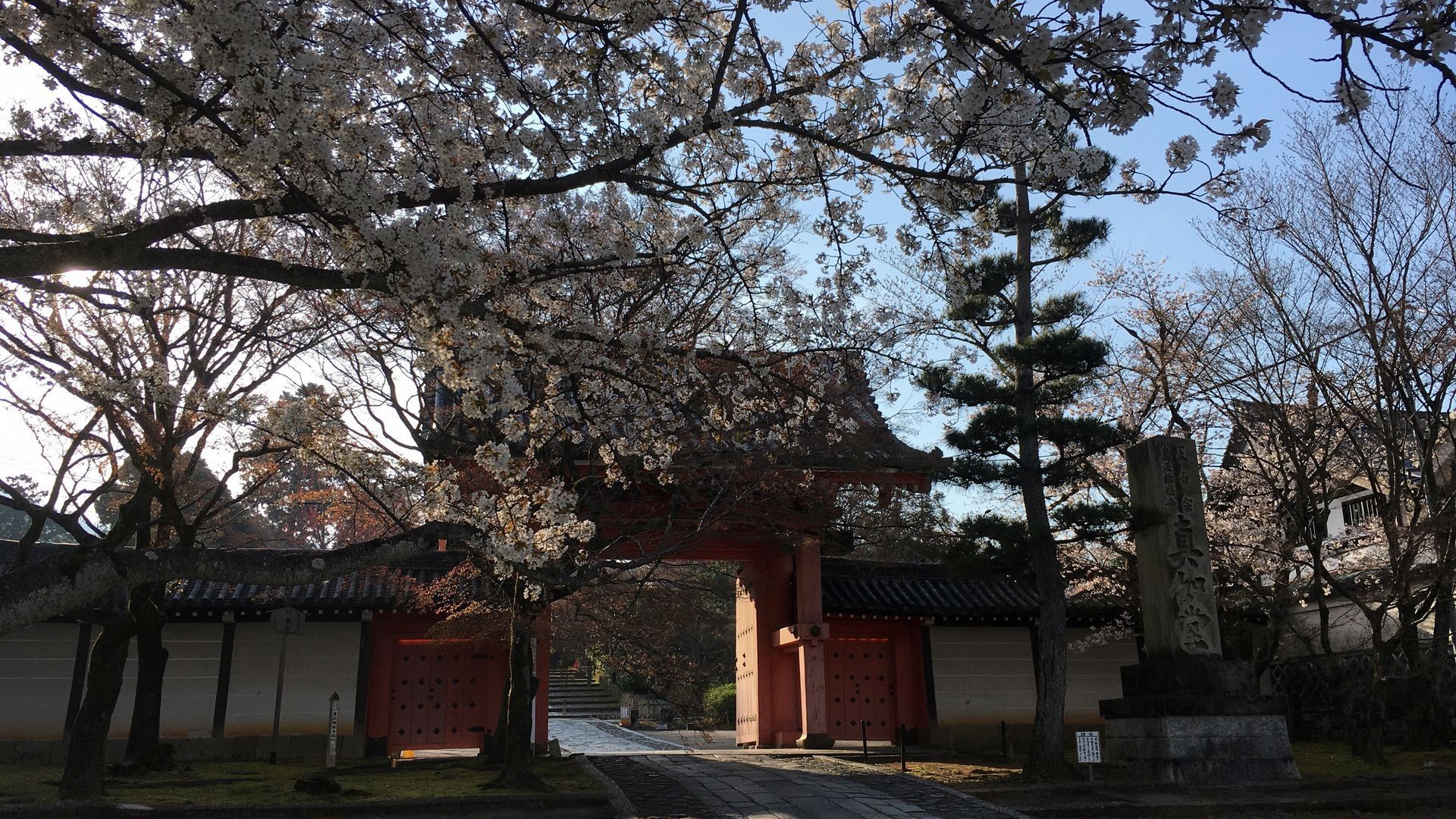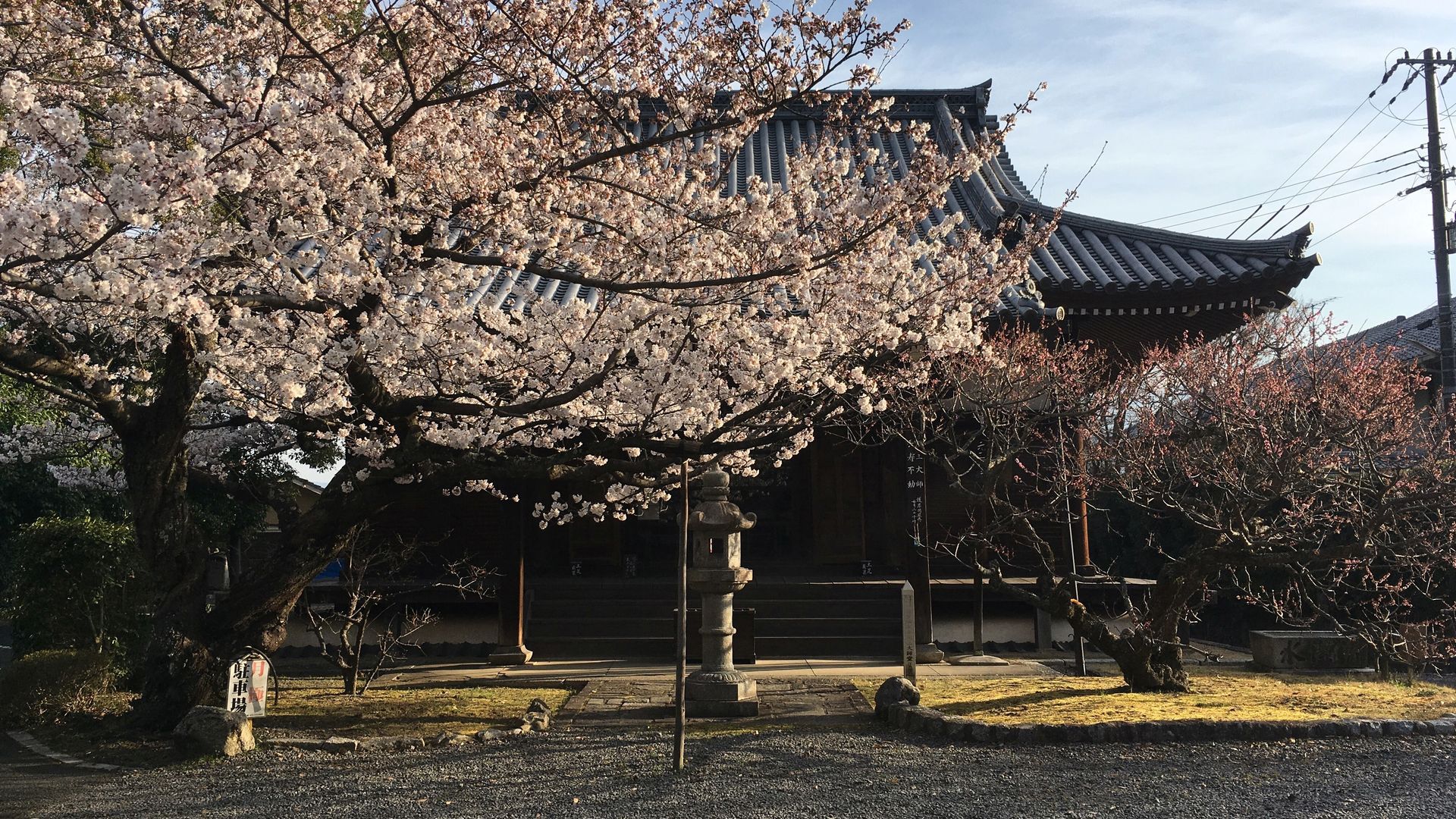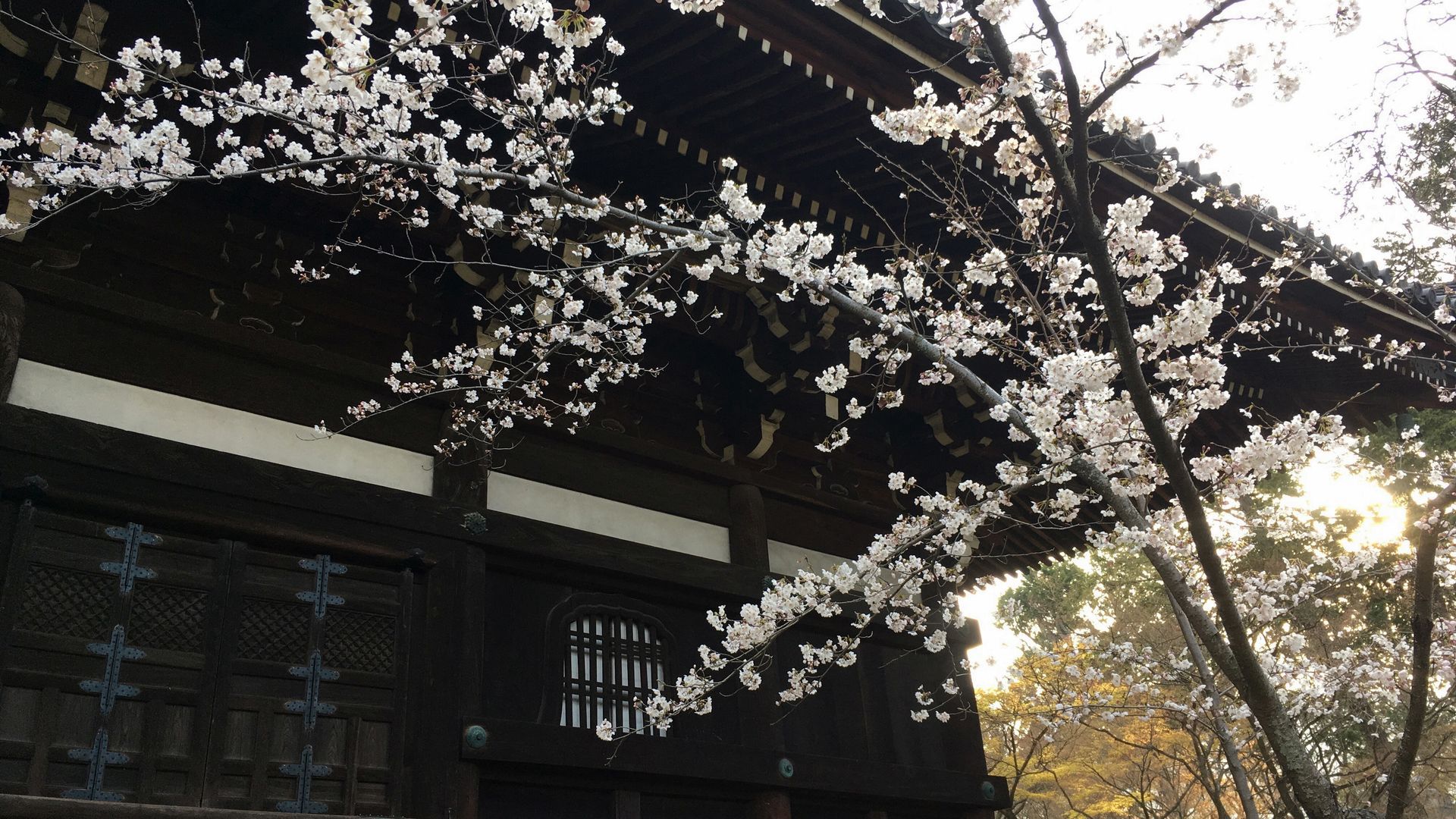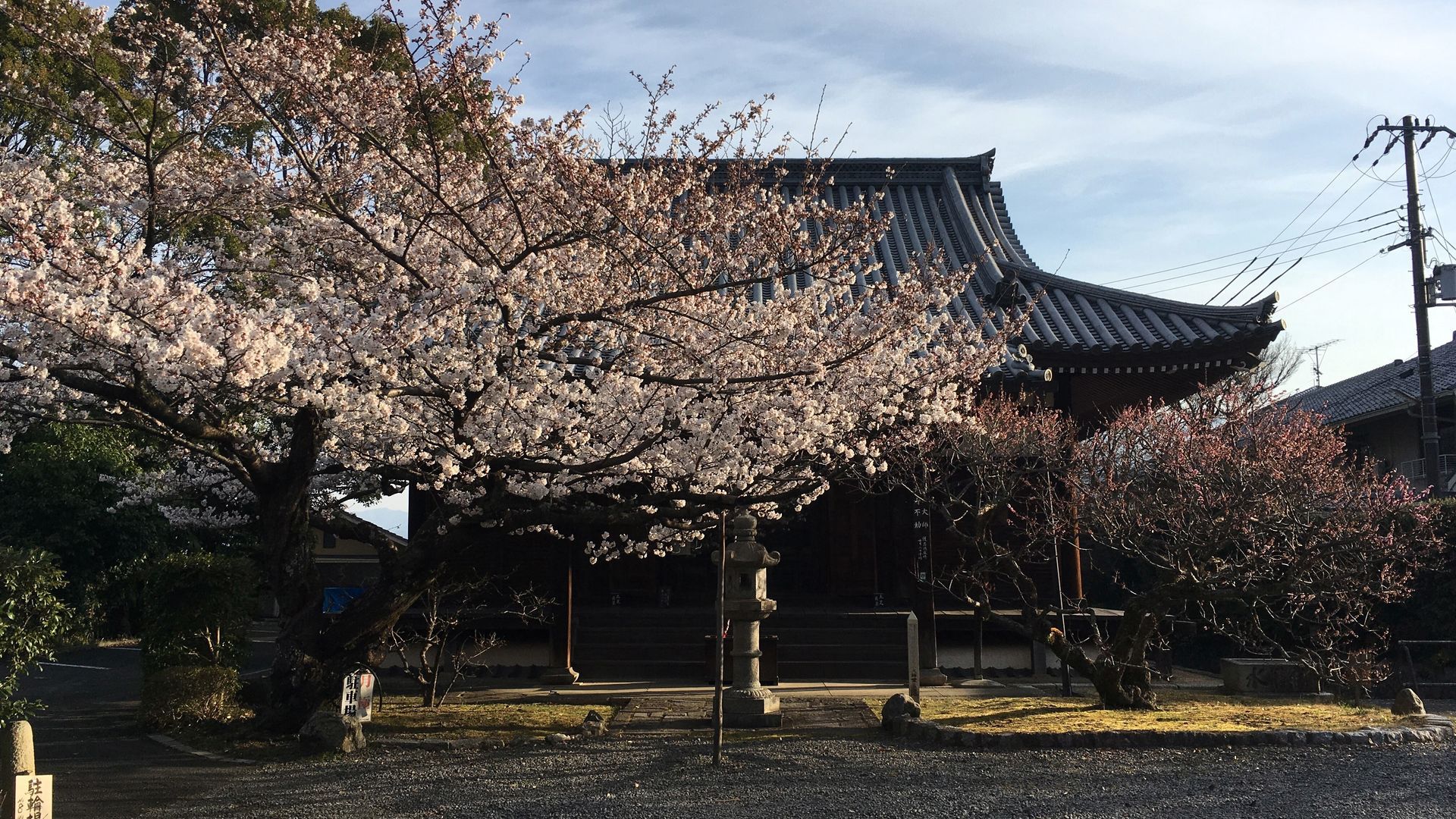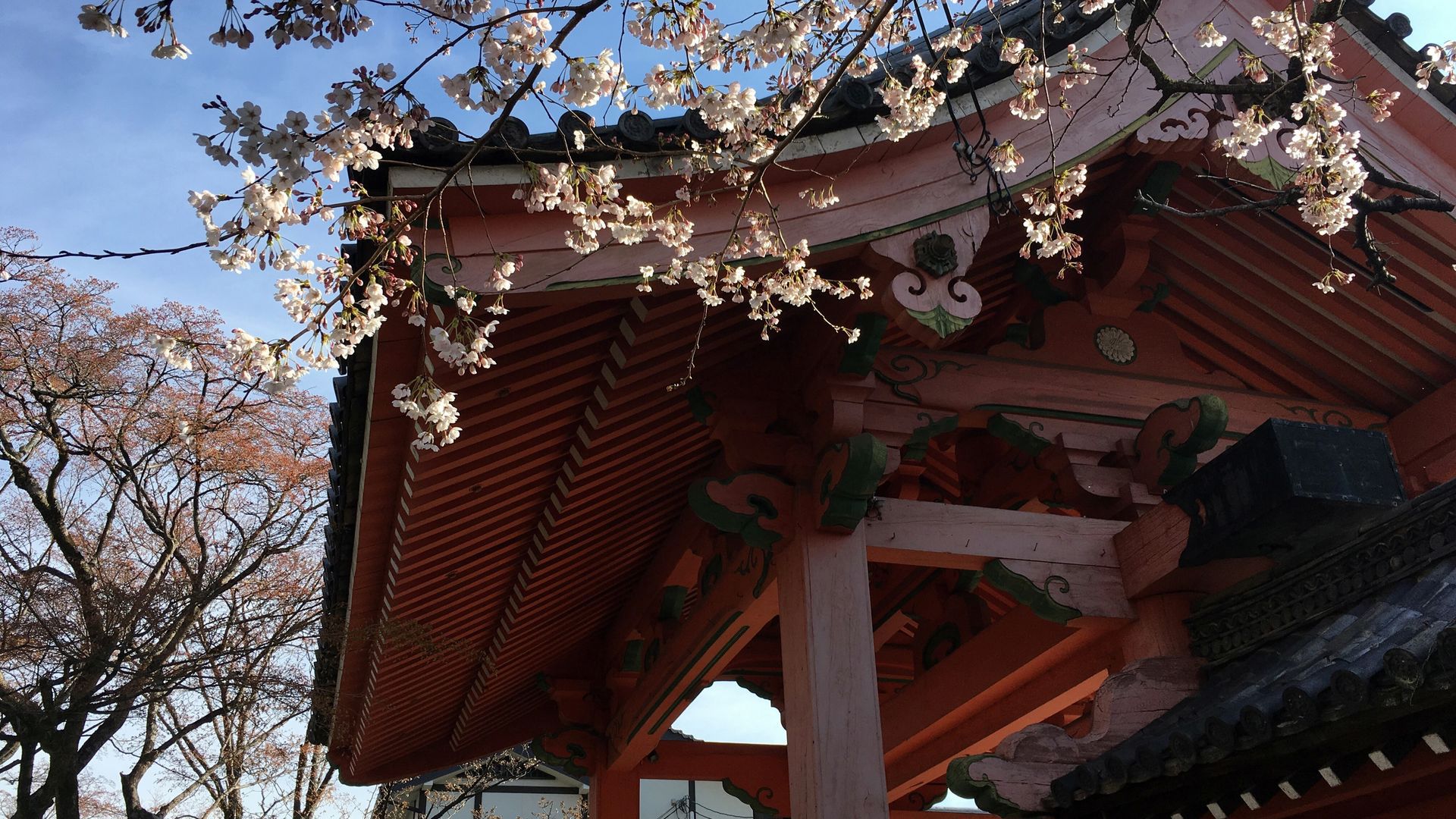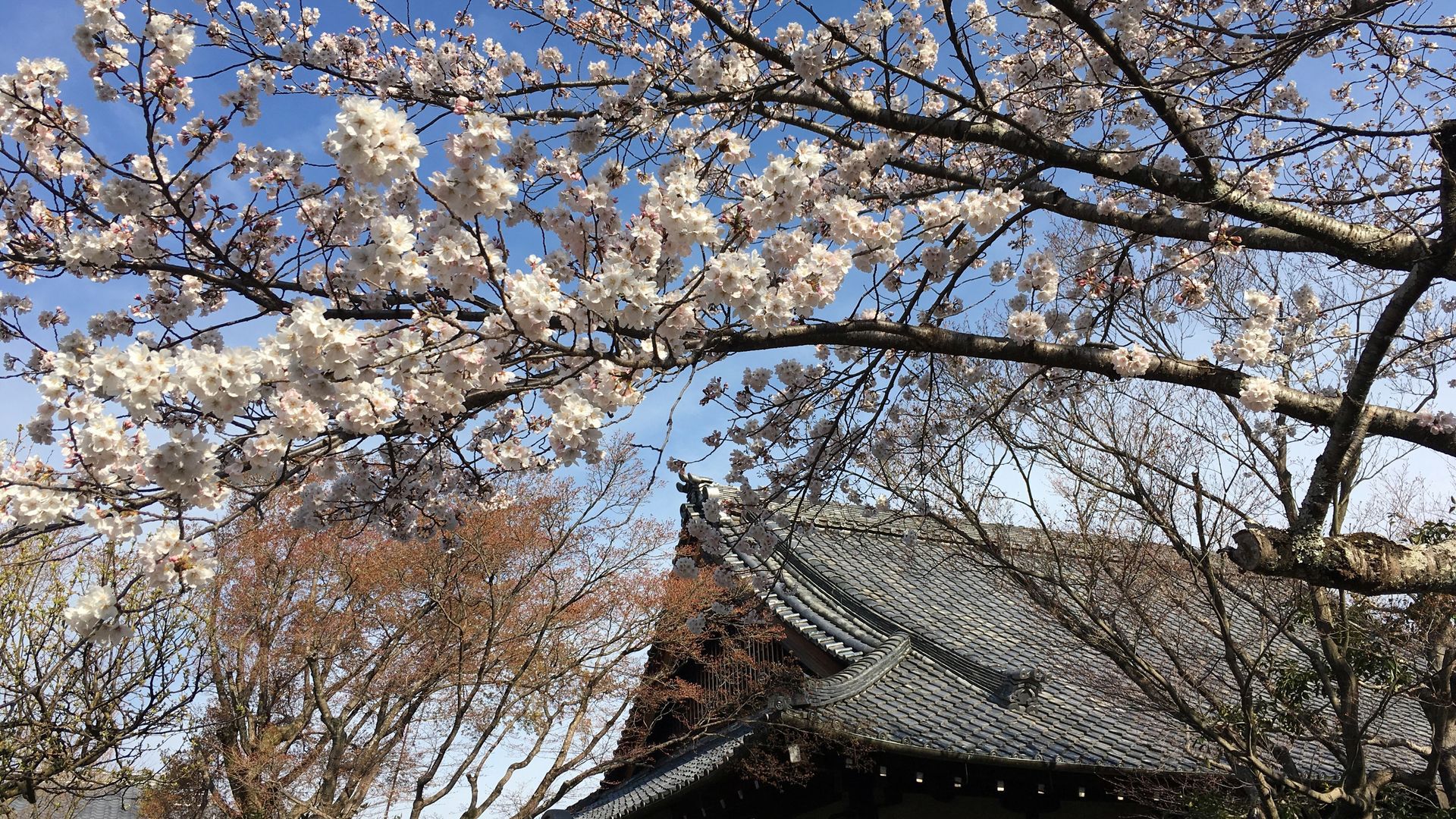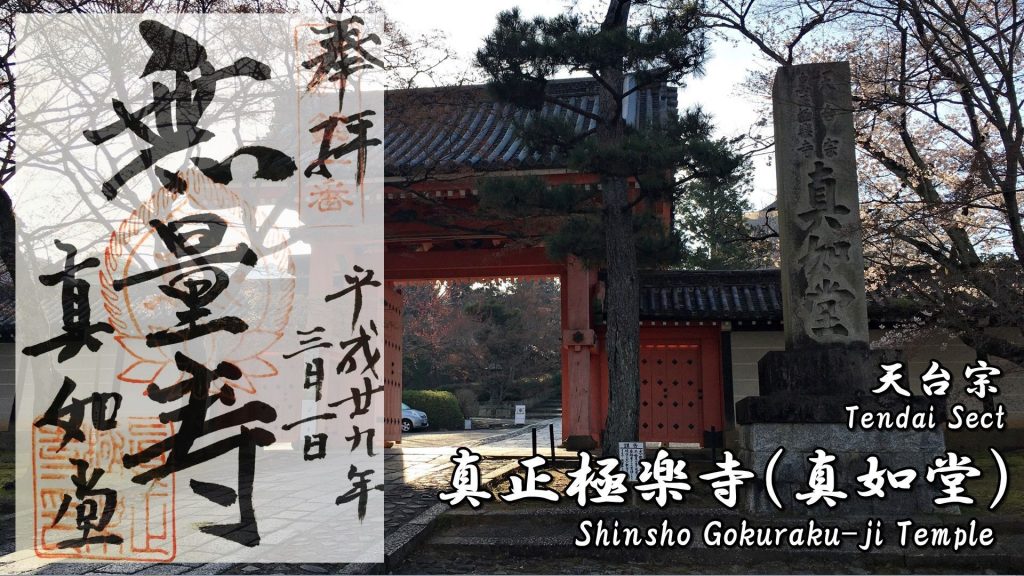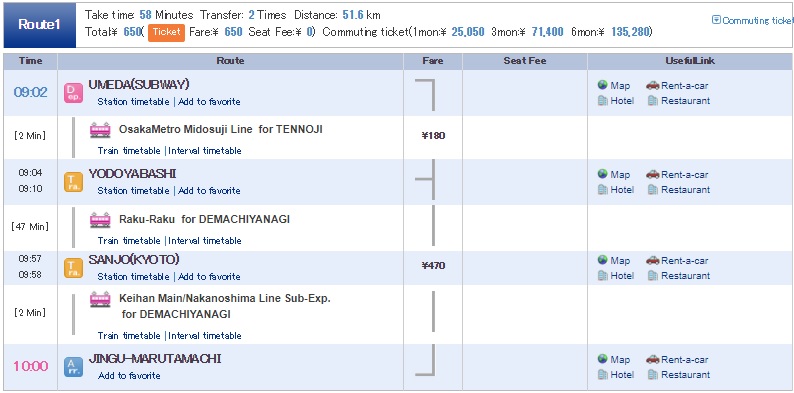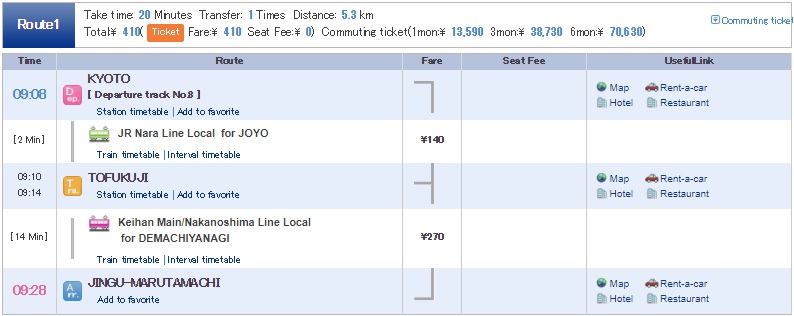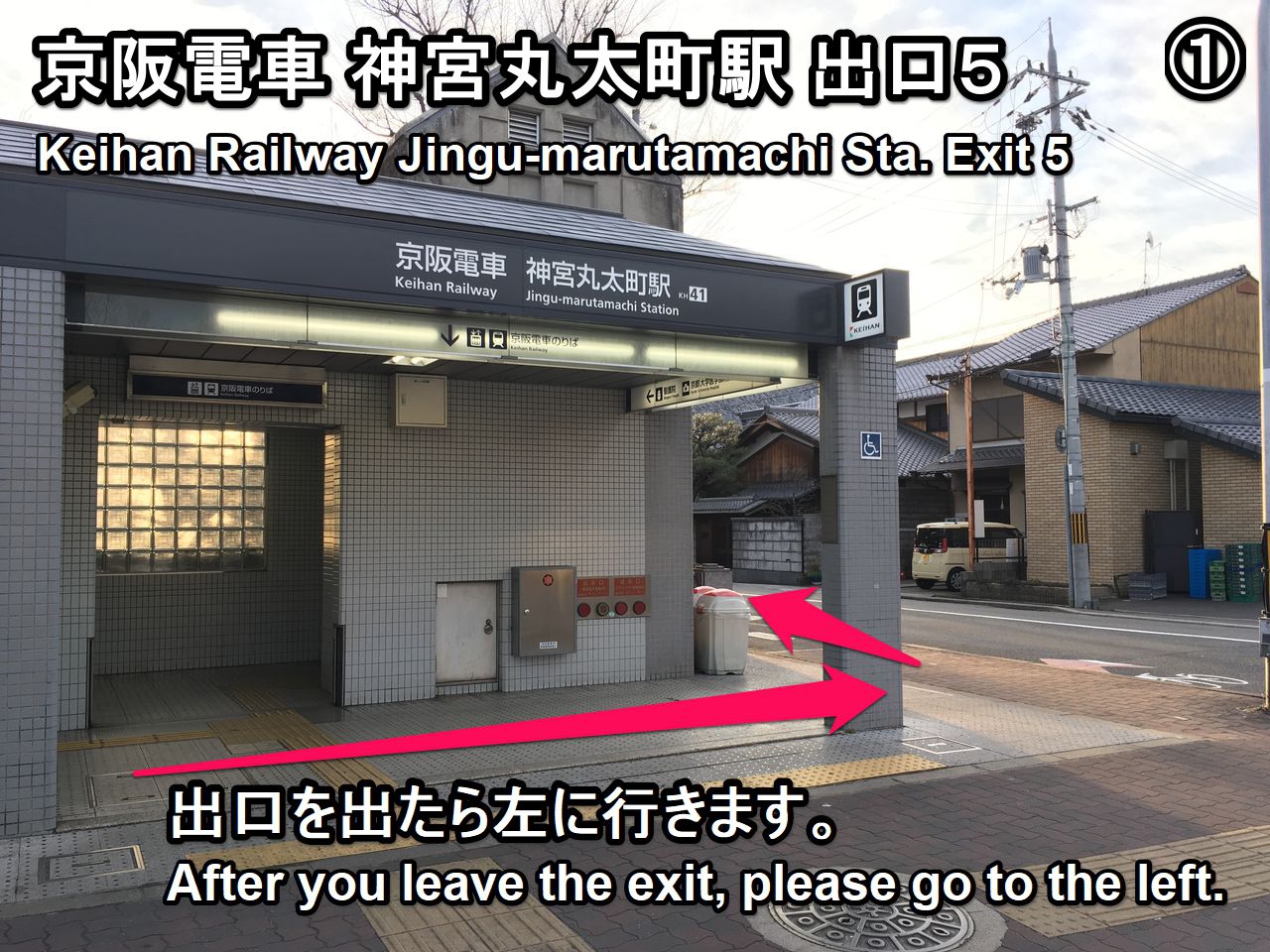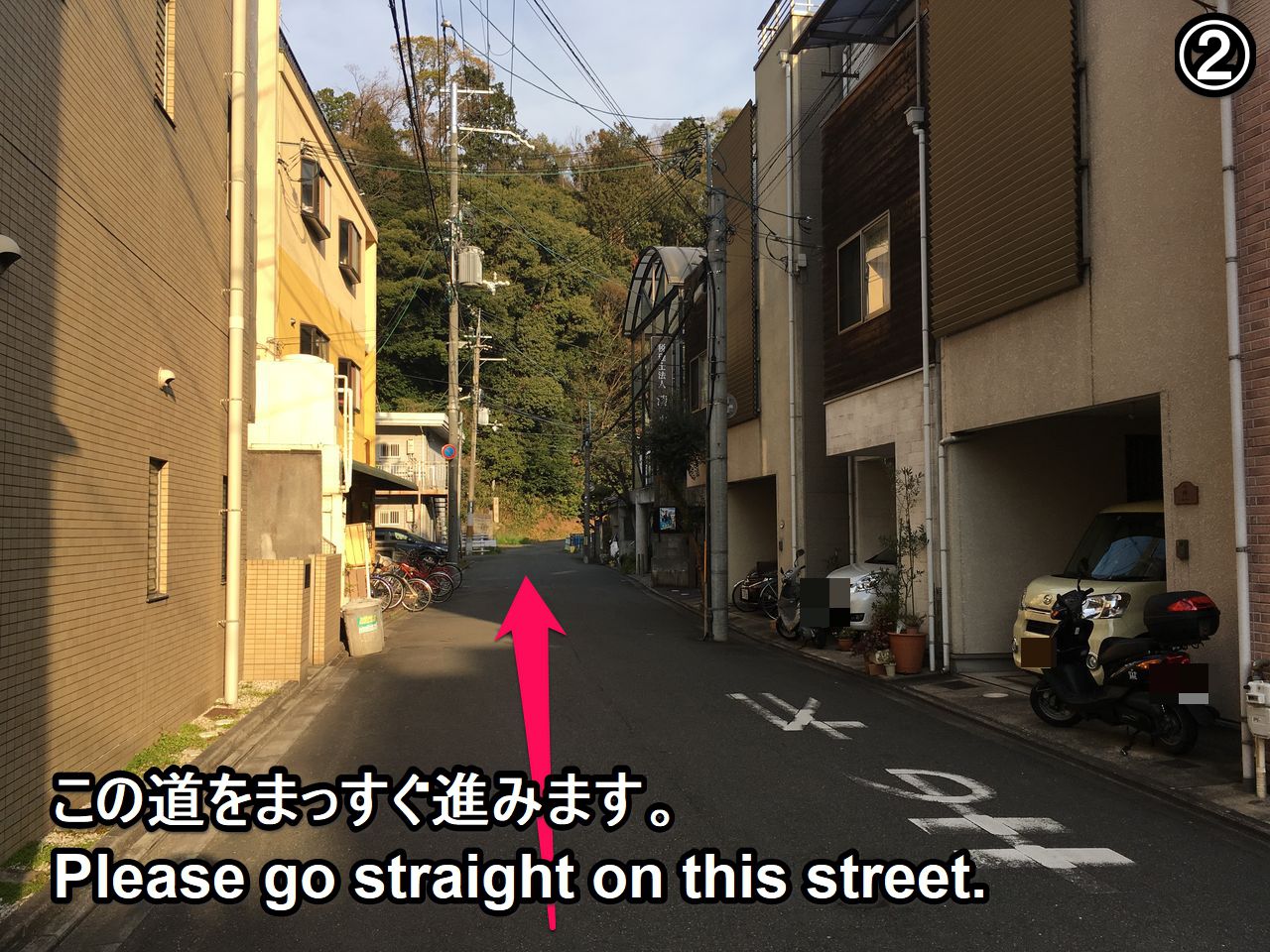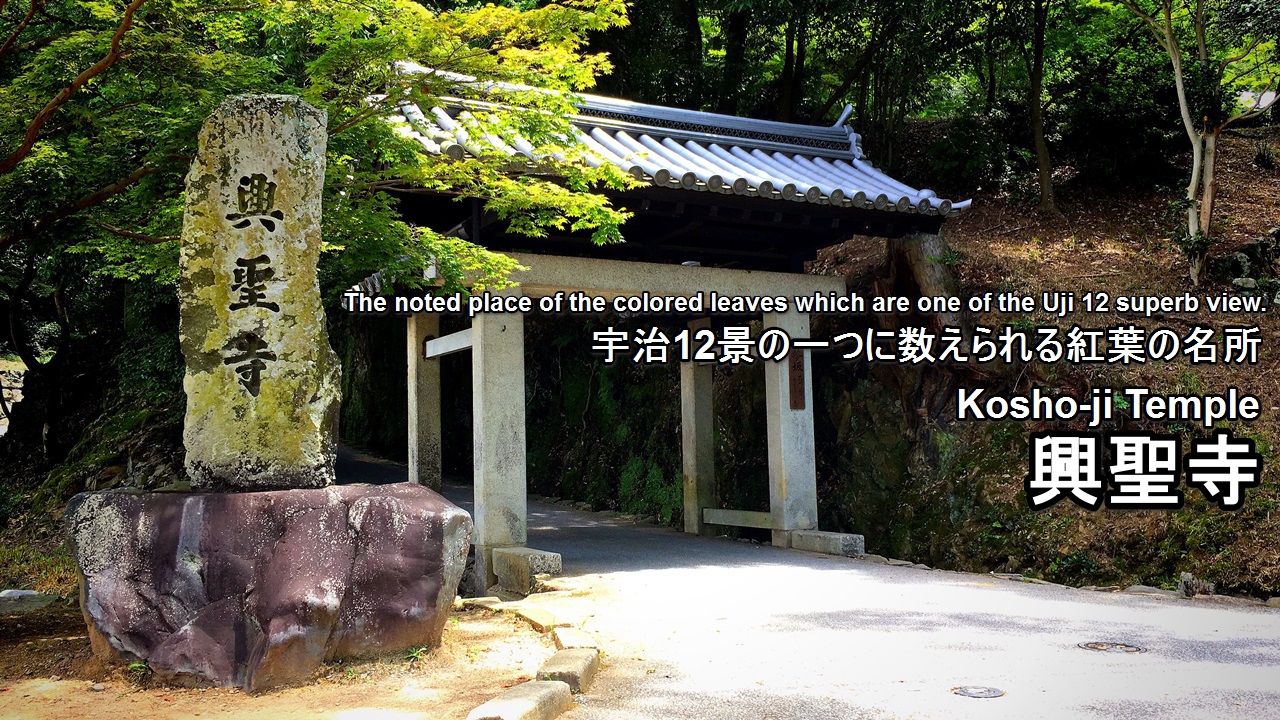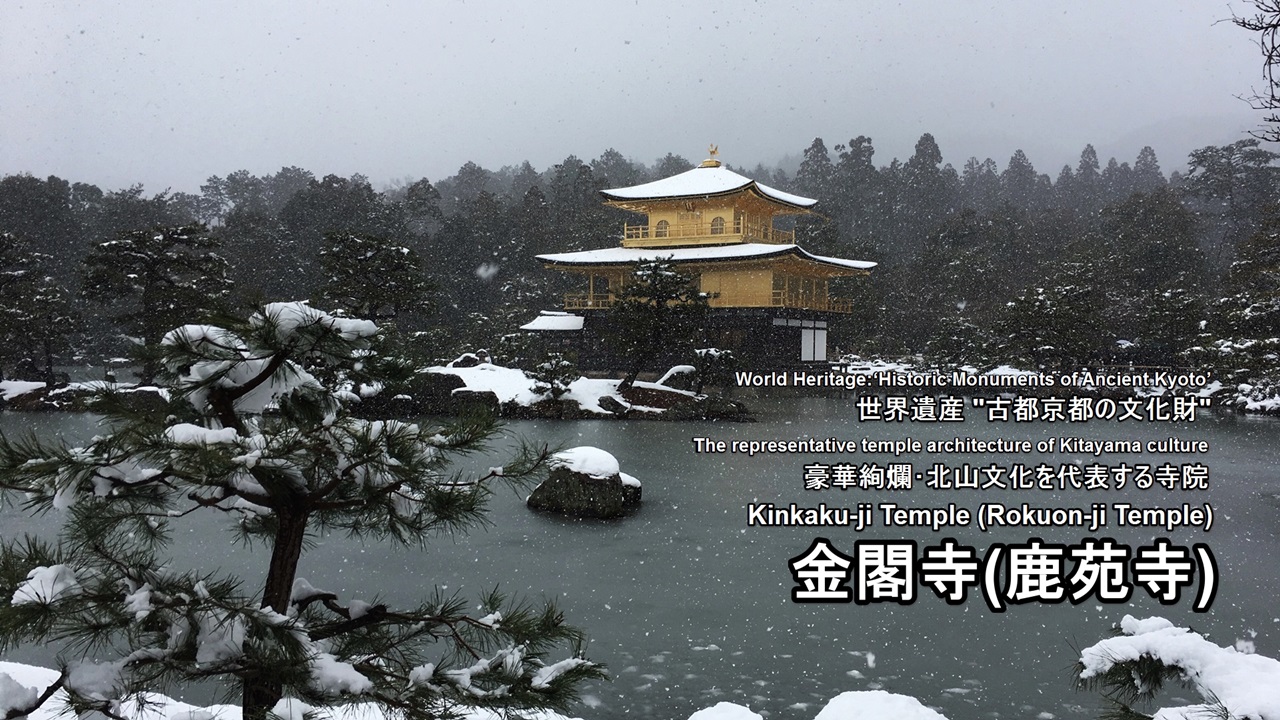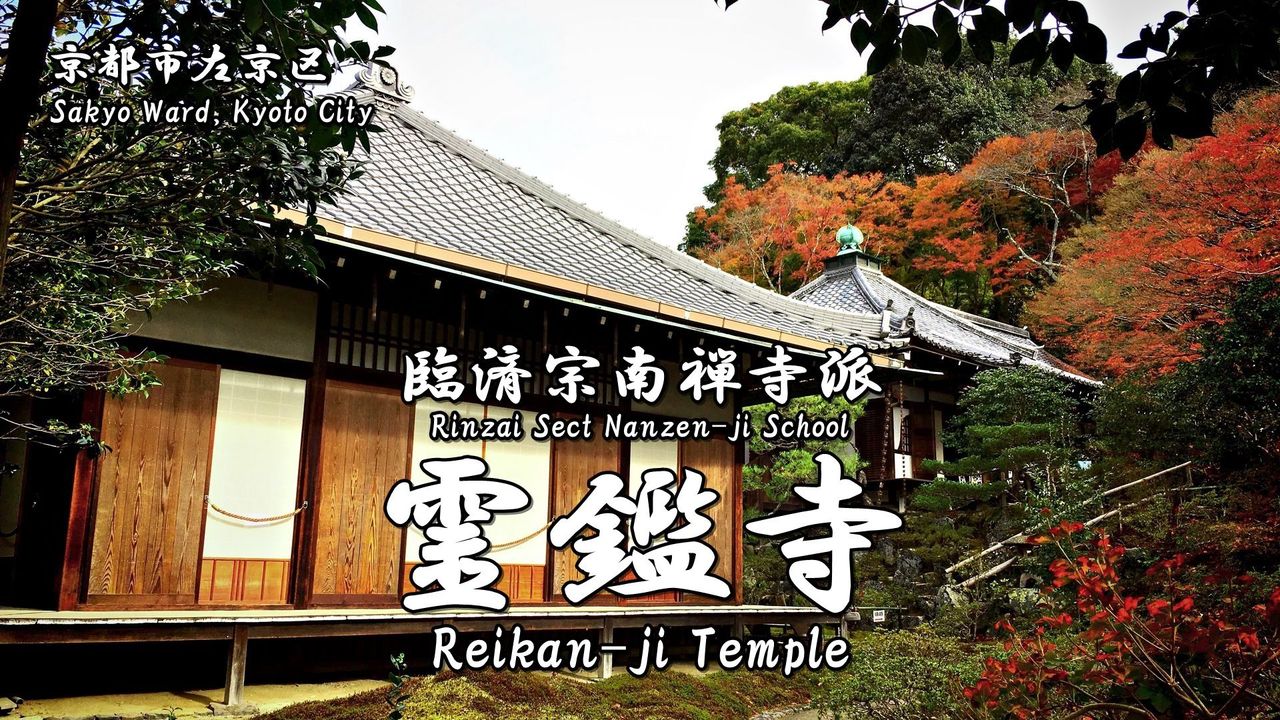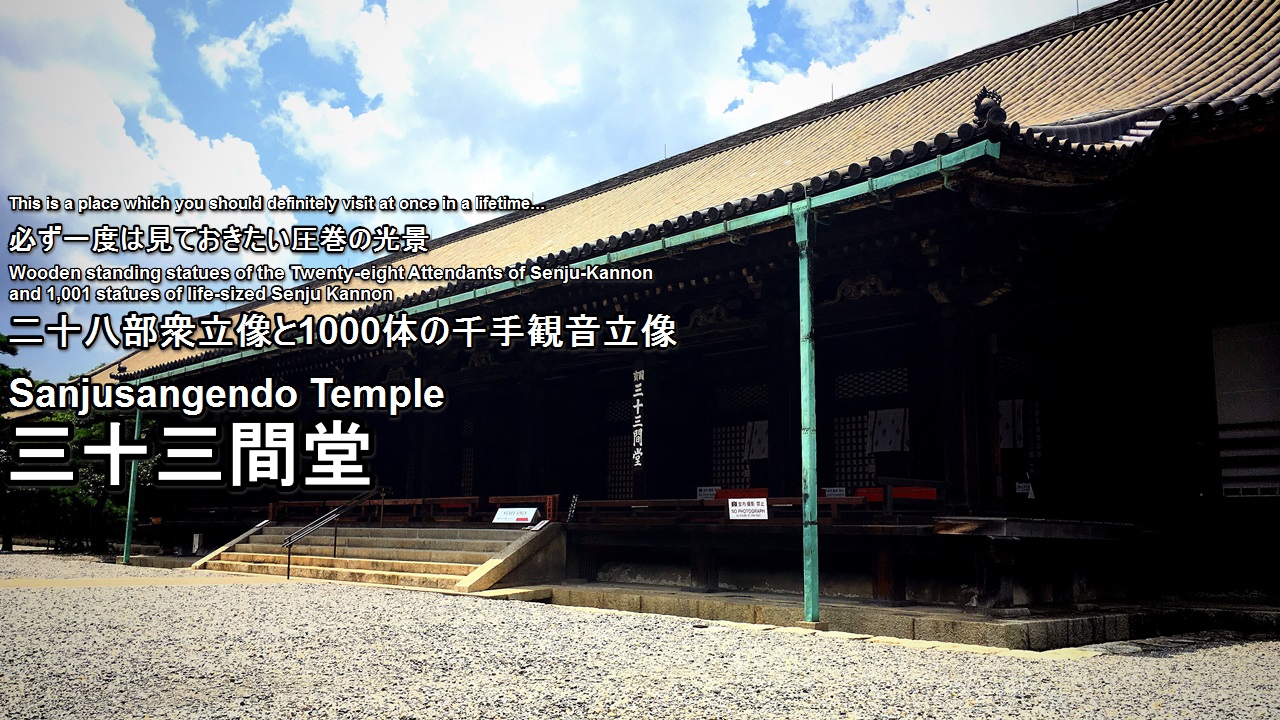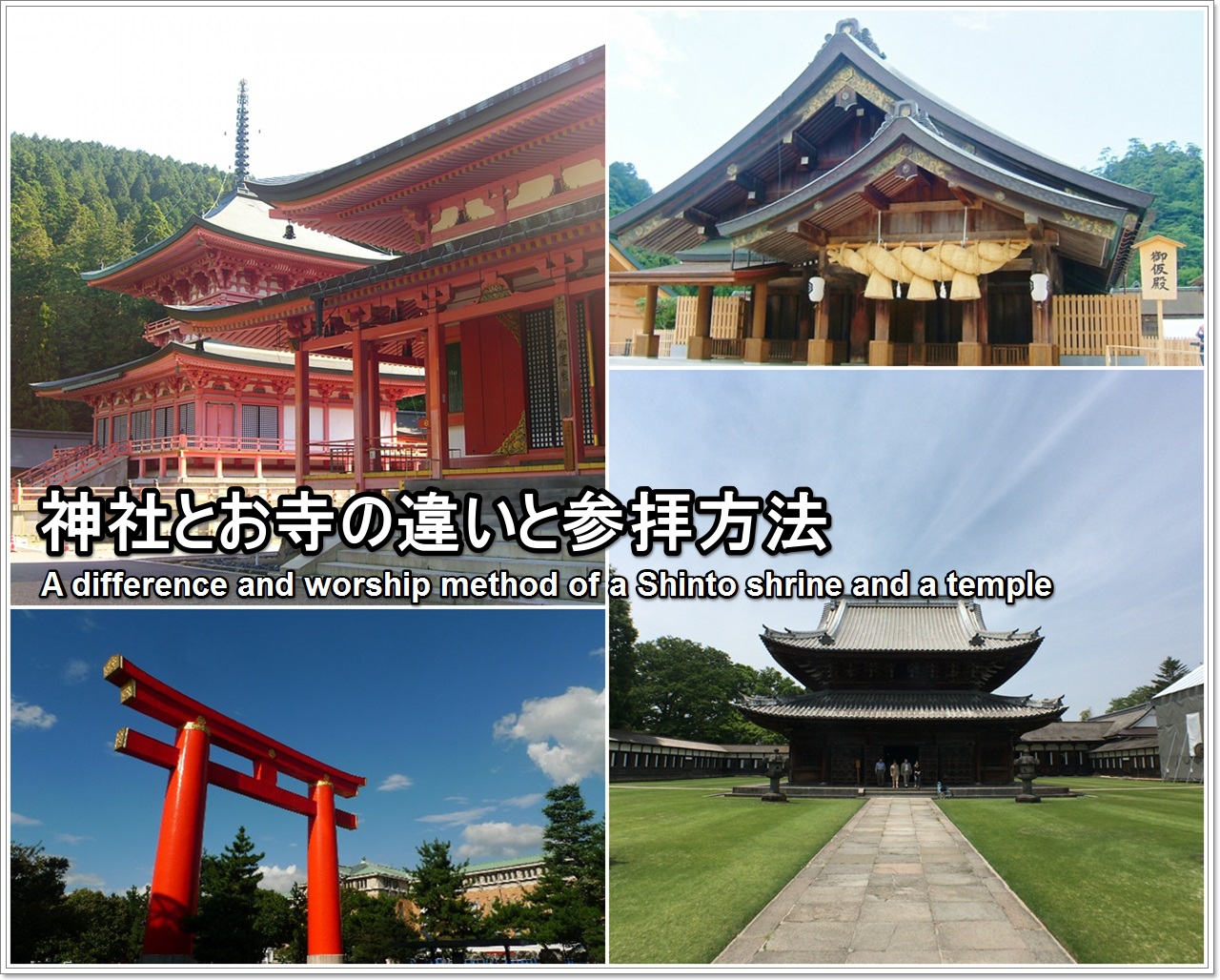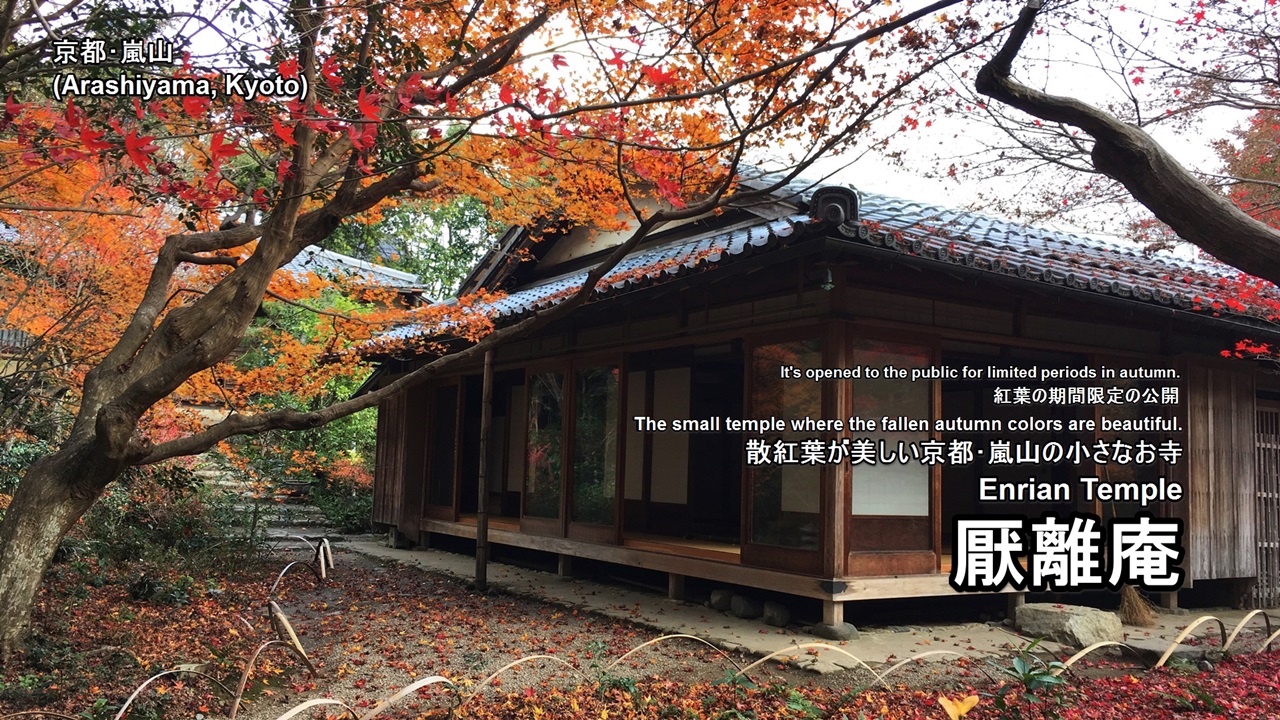Shinsho Gokuraku-ji Temple (真正極楽寺) is a Tendai Sect Buddhist temple located in Sakyo Ward, Kyoto City.
It is also known as Shinnyo-do (真如堂) which is another name of this temple’s Hon-do Hall.
It was founded in 984 of the Heian period by Kaisan (戒算), and its honorific mountain prefix is Mt. Reisho.
The principle image is Amida Nyorai (Amitabha Tathagatae) crafted by Jikaku Daishi, that helps women.
Its precincts are known as a famous place of the cherry blossoms and colored leaves.
History of Shinnyo-do
Let’s study the history of this temple with me.
I think that we can enjoy sightseeing of this temple more by learning the history of it. XD
Shinsho Gokuraku-ji was founded in 984 of the Heian period by Kaisan who was a monk of Tendai sect.
However, this temple was destroyed by fire during the Onin War (1467-1477).
It was reconstructed in 1693 of the Edo period at the order of Emperor Higashiyama (the 113th emperor).
And the mail hall was rebuilt in 1717.

The principal image of the main hall is Amida Nyorai which is said to relieve a woman.
So, it was patronized by nenbutsu devotees and common people alike, particularly women.
Information for visitors
■website
■Information
Address:82, Jodoji Shinnyocho, Kyoto Shi Sakyo Ku, Kyoto Fu, 606-8414, Japan
Phone:+81-75-771-0915
Foundation:984
Founder:Kaisan (戒算)
Sect:Tendai Sect(天台宗)
Principal image:Amida Nyorai (阿弥陀如来)
■Open
9:00~16:00
■Admission Fee
| Adults | High school student | Junior high student | |
| Normal period | 500 yen | 300 yen | 200 yen |
| Special period | 1000 yen | 800 yen | 700 yen |
Special period (specific days in spring and autumn)
■Other Informations
・Photography and video recording are prohibited inside the building of this temple.
・The worship method of a Shinto shrine and a Buddhist temple, please refer to the following article.
Next, Let’s go to see the highlights of this temple with me!
Highlights of Shinnyo-do
- 総門:So-mon Gate
- 本堂【重要文化財】:Hon-do Hall【Important cultural property】
- 書院*:Sho-in Hall*
- 涅槃の庭*:Nehan-no-niwa Garden*
- 隨縁の庭*:Zuien-no-niwa Garden*
- 三重塔:Three-storied pagoda
- 鎌倉地蔵堂:Kamakura Jizo-do Hall
- 万霊堂:Banrei-do Hall
- 石薬師堂:Ishiyakushi-do Hall
- 元三大師堂:Ganzan Daishi-do Hall
- 鐘楼堂:Shoro-do Hall (Bell tower)
- 県井観音堂:Agatai Kannon-do Hall
- 千體地蔵堂:Sentai Jizo-do Hall
- 赤崎弁天堂:Akasaki Benten-do Hall
- 阿弥陀如来露仏:Statue of the Amida Nyorai
- 新長谷寺:Shin Hase-dera Temple
- 法伝寺(吒枳尼天):Hoden-ji Temple (Dakiniten)
This mark 「*」 is a pay area.
総門:So-mon Gate
So-mon Gate was built in 1695 of the Edo period, also called ‘Aka-mon (red gate)’.
It is designated as cultural property designated by Kyoto Prefecture.
本堂【重要文化財】:Hon-do Hall【Important cultural property】
Hon-do Hall was built in 1717 of the Edo period, designated as an important cultural property.
Amida Nyorai (Amitabha Tathagata), the principal image of this temple, is enshrined.
(Registered Tangible Cultural Properties)
書院*:Sho-in Hall*
涅槃の庭*:Nehan-no-niwa Garden*
Nirvana Garden (Nehan-no-niwa) was designed by Saburo SONE in 1988 of the Showa period.
Nehan (涅槃) means scenery of the death of Buddha.
It is a dry landscape garden incorporating the scenery of Higashiyama (Kyoto Prefecture) with Mt. Daimonji and Mt. Hiei.
隨縁の庭*:Zuien-no-niwa Garden*
Zuien-no-niwa Garden was designed by Chisao SHIGEMORI in 2010 of the Heisei period.
He is a grandchild of Mirei SHIGEMORI (重森三玲) who was famous Japanese gardener during the Showa period.
Zuien (隨縁) is one of the Buddhist terms.
This temple is also a family temple of the Mitsui family, one of the most famous Zaibatsu in Japan.
So, Yotsumeyui (four squares) which is a family crest of the Mitsui family is designed in this garden.
三重塔:Three-storied pagoda
Three-storied pagoda was built in 1817 of the Edo period.
It is designated as cultural property designated by Kyoto Prefecture.
鎌倉地蔵堂:Kamakura Jizo-do Hall
Kamakura jizo-do Hall is enshrines Kamakura-Jizo Bosatsu (Jizo Bodhisattva).
万霊堂:Banrei-do Hall
Banrei-do Hall is enshrines Jizo Bosatsu (Jizo Bodhisattva) and many spirits.
石薬師堂:Ishiyakushi-do Hall
Ishiyakushi-do Hall was rebuilt in 1966 of the Showa period.
It is enshrines Yakushi Nyorai.
元三大師堂:Ganzan Daishi-do Hall
Ganzan Daishi-do Hall was built in 1696 of the Edo period, enshrines Genzan Daishi (Ryogen).
It is designated as cultural property designated by Kyoto Prefecture.
鐘楼堂:Shoro-do Hall (Bell tower)
Shoro-do Hall was built in the Genroku era (1688 – 1703).
It is designated as cultural property designated by Kyoto Prefecture.
県井観音堂:Agatai Kannon-do Hall
Agatai Kannon-do Hall is enshrines Nyoirin Kannon (the Bodhisattva of Compassion).
千體地蔵堂:Sentai Jizo-do Hall
Sentai Jizo-do Hall was built in 1780 of the Edo period, enshrines Jizo Bosatsu (Jizo Bodhisattva).
赤崎弁天堂:Akasaki Benten-do Hall
Akasaki Benten-do Hall is enshrines Benzaiten.
阿弥陀如来露仏:Statue of the Amida Nyorai
新長谷寺:Shin Hase-dera Temple
Shin Hase-dera is the fifth temple of the Rakuyo 33 Kannon Pilgrimage, enshrines Juichimen Kannon (Eleven-faced Kannon).
法伝寺(吒枳尼天):Hoden-ji Temple (Dakiniten)
Hoden-ji is one of the sub temple of the Shinnyo-do, enshrines Dakiniten.
Cherry blossoms of Shinnyo-do
The best season of cheryy blossoms is early April.
Video of Shinnyo-do
Photos of Shinnyo-do
Shinsho Gokuraku-ji Temple (Sakyo Ward, Kyoto):真正極楽寺(京都市左京区)
Goshuin (Red ink stamps) of Shinnyo-do
Goshuin (red ink stamp) of Shisho Gokuraku-ji, ‘Muryoju (無量寿)’.
This is a Buddhist word that expresses ‘Amida Nyorai.’
How to get to Shinnyo-do
The nearest station is Keihan Jingu-marutamachi Sta.
We can also go by bus from Kyoto Sta. or Hankyu Kawaramachi Sta.
From Osaka Umeda Sta. to Jingu Marutamachi Sta. (by train)
Timetable and Route Search (train)
1.Get on the Osaka Metro Midosuji Line from Umeda Station to Yodoyabashi Station.
2.Change to the Keihan Railway at Yodoyabashi Station.
3.Get on the Keihan Railway from Yodoyabashi Station to Jingu Marutamachi Station.
From Namba Sta. to Jingu Marutamachi Sta. (by train)
Timetable and Route Search (train)
1.Get on the Osaka Metro Midosuji Line from Namba Station to Yodoyabashi Station.
2.Change to the Keihan Railway at Yodoyabashi Station.
3.Get on the Keihan Railway from Yodoyabashi Station to Jingu Marutamachi Station.
From Kyoto Umeda Sta. to Jingu Marutamachi Sta. (by train)
Timetable and Route Search (train)
1.Get on the JR Nara Line from Kyoto Station to Tofukuji Station.
2.Change to the Keihan Railway at Tofukuji Station.
3.Get on the Keihan Railway from Tofukuji Station to Jingu Marutamachi Station.
From Jingu Marutamachi Station (on foot)
It is about 30 minutes (1.7 km) on foot.
Get on a bus from Kyoto Station
Timetable and Route Search (bus)
Please get on a bus No.5 (bus stop A1).
[Timetable]Kyoto City Bus No. 5
Bus company:Kyoto City Bus
Routes/Destination:No.5[Bound for Ginkakuji Temple Via Heian-jingu Shrine]
Boarding bus stop:Kyoto Sta. [A1]
Alighting bus stop:Shinnyodo-mae (Shinnyodo Temple)
Bus fare:230 yen
Time required:About 32 min
Get on a bus from Hankyu Kawaramachi Station
Timetable and Route Search (bus)
Please get on a bus No.5 (bus stop H1) or No.203 (bus stop E).
[Timetable]Kyoto City Bus No. 5
Bus company:Kyoto City Bus
Routes/Destination:No. 5[Bound for Ginkakuji Temple Via Heian-jingu Shrine]
Boarding bus stop:Shijo Kawaramachi [H]
Alighting bus stop:Shinnyodo-mae (Shinnyodo Temple)
Bus fare:230 yen
Time required:About 15 min
[Timetable]Kyoto City Bus Route No.203
Bus company:Kyoto City Bus
Routes/Destination:No.203[Bound for Ginkakuji Temple Via Gion]
Boarding bus stop:Shijo Kawaramachi [E]
Alighting bus stop:Shinnyodo-mae (Shinnyodo Temple)
Bus fare:230 yen
Time required:About 16 min
From Shinnyo-do mae bus stop (on foot)
It is about 10 minutes (500m) on foot.
Take a taxi
From Kyoto Station:2300 yen ~ (about 20 minutes)
From Gion-Shijo Station:1200 yen ~ (about 10 minutes)
・Let’s show a taxi driver the following phrase.
・If you want to call a taxi, let’s show the following phrase.
[Phone number of taxi dispatch : Around the Kyoto Station]*Japanese text only.
Hotel search & reservation
How did you like it?
Have a nice trip! XD

